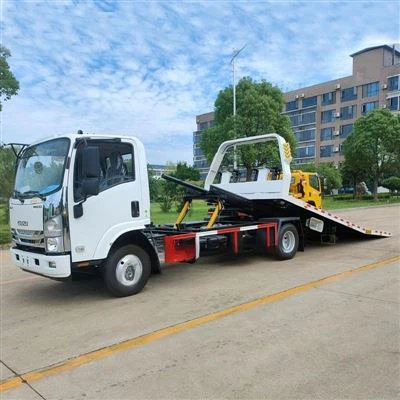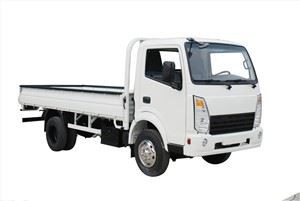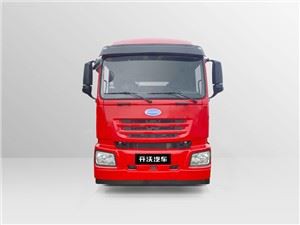Understanding Chassis Semi: A Comprehensive Guide to Trucks and Trailers

In the trucking industry, the term “chassis semi” plays a vital role when it comes to transporting goods efficiently and safely across long distances. This article delves into the world of chassis semi, providing thorough insights into its types, components, functions, and practical tips for optimizing their use.
What is a Chassis Semi?
A chassis semi, often referred to as a semi-trailer, is a vital component in freight transport systems. It consists of a trailer that is towed by a truck or tractor unit. The unique aspect of a chassis semi is that it relies on the truck for support, while its rear is attached to the vehicle’s hitch.
The Structure of Chassis Semi
Chassis semi-trailers are characterized by a unique structure that allows them to bear heavy loads. Here’s a breakdown of their main components:
- Frame: The backbone of the chassis, providing structural integrity.
- Axles: These are crucial for supporting the weight and allowing movement.
- Wheels: The number of wheels can vary, depending on the design and intended use of the trailer.
- Suspension System: It aids in shock absorption, resulting in a smoother ride.
- Braking System: Essential for safety, allowing the trucker to slow or stop the vehicle effectively.
Types of Chassis Semi
1. Flatbed Semi
Flatbed semis are versatile trailers with no sides or roof. They are commonly used for transporting oversized goods and equipment.
2. Enclosed Semi
These semis feature walls and a roof, protecting the cargo from weather elements. They are ideal for transporting sensitive or valuable items.
3. Refrigerated Semi

Reefer trailers are designed to transport temperature-sensitive items such as food and pharmaceuticals, equipped with a refrigeration unit.
4. Tanker Semi
Tanker semis are specialized trailers used to transport liquids, such as fuel or chemicals. Their design ensures safety and regulatory compliance.
5. Lowboy Semi
Lowboy trailers have a lower deck, allowing for the transport of taller items, such as construction equipment.
Choosing the Right Chassis Semi
Selecting the appropriate chassis semi for your transport needs is critical to efficiency. Consider the following:
Load Capacity
Evaluate the weight and volume of the cargo you plan to transport. Ensure the chosen chassis semi can handle the load safely.
Distance of Transport
Consider the distance the cargo will be traveling. For longer distances, investing in an enclosed or refrigerated semi might offer better protection.
Type of Cargo
Identify the nature of the cargo. Some items require special handling or specific trailer configurations for safety and compliance.
Maintenance Tips for Chassis Semi
Regular maintenance of your chassis semi ensures safety, reliability, and longevity. Here are essential maintenance tips:
1. Inspections
Conduct routine inspections of your semi-trailer. Check tires, lights, brakes, and suspension systems to catch potential issues early.
2. Cleaning
Regular cleaning prevents rust and other damage, particularly in refrigerated and enclosed semis.
3. Tire Care
Ensure tires are properly inflated and show no signs of wear. Replace tires as needed to maintain optimal performance.
Operational Best Practices
Adopting best practices during operation can maximize your chassis semi’s efficiency:
1. Load Distribution
Uneven loading can lead to instability. Always strive for balanced load distribution to enhance handling.
2. Driving Techniques
Train drivers to adopt smooth braking and turning techniques to reduce wear and tear on the vehicle.
3. Recording Mileage
Keep logs of mileage and maintenance to monitor performance and schedule timely inspections.
Regulations and Compliance for Chassis Semis
Navigating regulatory requirements is crucial for the operation of chassis semis:
1. Weight Restrictions
Awareness of local weight restrictions helps prevent fines and ensures safe operation on public roads.
2. Licensing Requirements
Drivers need appropriate licensing (typically a CDL) to operate heavy-duty vehicles, including chassis semis.

3. Maintenance Records
Maintain accurate records of all inspections and services to comply with regulations and ensure safety.
Chassis Semi in the Future
As technology advances, the design and functionality of chassis semis are evolving. Here’s what to expect:
1. Automation
The trucking industry is exploring automated driving technologies, which could influence chassis semi operations.
2. Improved Materials
The introduction of lighter, stronger materials can improve fuel efficiency and load capacity.
3. Enhanced Safety Features
New safety technologies, such as lane departure warnings and automatic braking, are becoming standard in the industry.
Common Mistakes to Avoid with Chassis Semis
To ensure success in using chassis semis, avoid these common pitfalls:
1. Skipping Maintenance

Neglecting maintenance can lead to costly repairs and unsafe driving conditions.
2. Overloading
Exceeding the load capacity can compromise safety and lead to fines.
3. Poor Load Securing
Improperly secured loads can shift during transport, posing a significant risk to safety.
Frequently Asked Questions (FAQ)
1. What is the difference between a chassis semi and a full trailer?
A chassis semi is towed by a truck, relying on the truck for support, whereas a full trailer has its own axles and can stand independently.
2. How often should I maintain my chassis semi?
Regular inspections should occur at least once a month, along with additional checks before long trips.
3. Can I drive a chassis semi without a special license?
No, operating a chassis semi typically requires a Commercial Driver’s License (CDL), depending on the weight and configuration of the vehicle.
4. What should I do if my chassis semi breaks down?
Stay calm, secure the vehicle, and contact roadside assistance. Always follow your company’s emergency protocols.
5. Is it possible to modify a chassis semi for specific cargo needs?
Yes, modifications can be made to enhance functionality, including adding storage compartments or specialized tie-down systems.
6. How does weather impact the operation of a chassis semi?
Adverse weather conditions can affect braking distances and traction. It’s crucial to adjust driving strategies accordingly to maintain safety.
